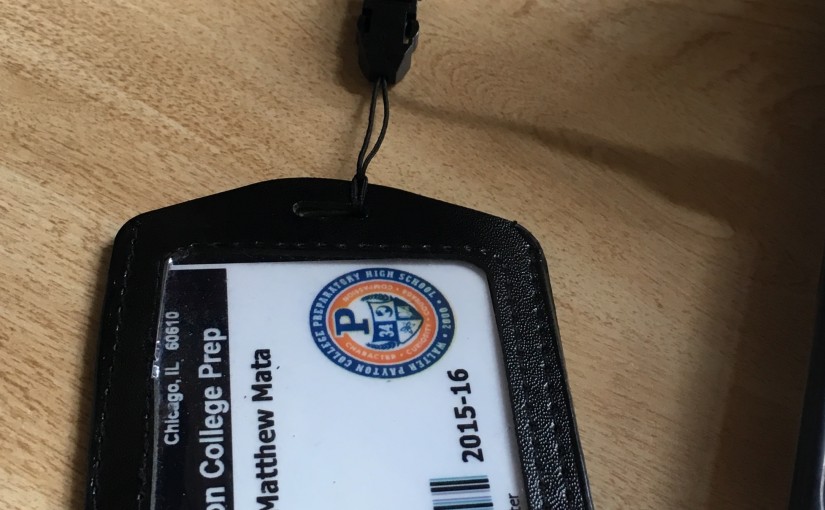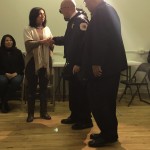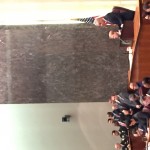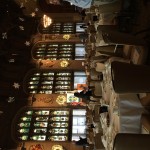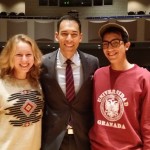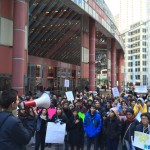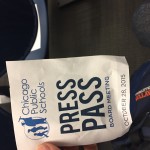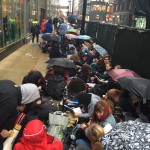https://youtu.be/9hjrbRmnakU
S1 #3
https://youtu.be/2xMu5cFzVtM
S1 #2
https://youtu.be/zAHRZ1gMt0c
S1 #1
Bike sharing is a concept that has exploded worldwide, exciting cities around the world, for they are able to offer a service that benefits them both short term and long term, while still putting the needs of its residents first. There are currently over 600 bike-sharing communities in the world. And when you think of that on a global scale, it really isn’t that much. However, only about half are in where you’d expect them to be – heavily populated – urban cities. And when you look at the other half, they are not only in developing countries but cities who seek to market their city for the global economy. And when you consider these up and coming cities many of their citizenry already use bicycles as their mode of transportation – primarily because of their affordability. But now, bike sharing programs are presenting them as a sense of security and comfort in knowing that a mode of transportation will always be at your disposal in a safe, affordable, and environmentally sustainable way.
I’m going to use Chicago’s bike sharing program, Divvy, as a prime example. If you are a Chicagoan like me, you are no stranger to bike frames chained to posts with missing parts – like wheels, seats and other parts, for bicycle theft is very common in Chicago. So when Divvy was introduced to Chicagoans back in the summer of 2013, it offered a peace of mind to those considering changing their means of transportation or to those already using bicycles. The concept of convenience, affordability, and sustainability were what CDOT emphasized to gain public support for this program.
Divvy’s vision is to ensure that Chicago continues to be a vibrant international city, that successfully competes in the global economy …And in doing so it’s vital that the unique neighborhoods Chicago offers is appealing and accessible to visitors and residents, while still being sensitive to Chicago’s communities and environment. And a part of that commitment to Chicago, Divvy implemented an expansion program to all neighborhoods and surrounding suburbs in Chicago. They also invested in the relationship between residents by offering a $5 annual membership versus the $99 annual membership fee to qualifying Chicago residents…impart ensuring that the unique experiences and goals of bike sharing is as available to residents as it is to visitors. So in short, everything Bill Strickland covered in “What Every Kid Wants,” – cultivating experiences, is essentially the universal vision of bike sharing operators worldwide, thus “What Every City Wants.”
We all grow up wanting to explore the world. We have our own means of doing so – some of us choose to do so through video games, sports, the arts, road trips, and biking. We do so to structure our understanding and interactions with those around us. However, many of us don’t truly value mass transit as a means of transporting us beyond physical capacity.

